“While some will enjoy the challenge and beauty of camping in winter, for others it may be a case of physical and mental endurance.”
So reads the advice of Mountaineering Scotland, the arbiter of such things north of the border. Conversely, my own camping expertise starts and ends with watching Bravo Two Zero on VHS circa 1999.
But at least photographer Max Edleston and I won’t be wanting for kit on our wander into the wilds, starting our journey as we do at the Decathlon outdoor store on the outskirts of Edinburgh.
Mountaineering department manager Roksana helpfully recommends some snug-fitting 0deg C-rated sleeping bags, mini pillows for comfort, thermal base layers for PJs, a rechargeable lantern, a cooking set and a tiny gas stove for the task ahead. This confirms (a) that warmth and sustenance will be paramount, and (b) that there is little dignity in trying a sleeping bag for size in public.
What we don’t pick up is a tent, because we already have one in a box outside that, agreeably, has a Porsche 911 clamped to its underside. But this is no ordinary 911.
Ostensibly, the £173,000 Porsche 911 Dakar is a tribute to 1984’s 7500-mile Paris-Dakar Rally, where Frenchman René Metge took victory in the new ‘953’ – a rally-prepped 911 Carrera 3.2 with four-wheel drive produced specifically for the race.

But to us, it is a new breed of production 911: one based on the Carrera 4 GTS but claimed to have the off-road chops we’ll be needing as we forego manicured campsites in favour of that ‘wild camping’ experience.
As Metge diced with Range Rovers, Mitsubishi Pajero Evos, MAN trucks and off-road motorcycles, we’ll be leaving the blacktop for trails usually driven in Land Rover Defenders, Mitsubishi L200s and commercial log-luggers.
We won’t be skimming over sun-scorched dunes or have access to our own gravel special stage, so I’m relieved our Dakar isn’t wearing the Rothmans-style Rallye Design Package. Hackles are already up for exotic cars on Highland roads, let alone off them, and we won’t be troubling the 106mph this car can manage on its maximum ride height setting, so pale green paintwork will do fine.
In fact, even before it is hydraulically boosted to that 191mm of clearance, the 161mm the Dakar normally sits at, along with the thick body cladding and sober shade, lends the car a pragmatic stance I really quite enjoy.
On the undemanding, three-hour slog into the heart of the Cairngorms National Park, I wish that pragmatism extended to the exhaust tone and gearbox mapping.
We have both in their most relaxed settings, but the on-throttle drone of the former and the occasional over-eagerness of the latter to hold ratios are early but lasting bugbears when it comes to these workaday miles, of which there will surely be plenty when owners are chugging between metropolitan base and rural hideaway.

And while the carbonfibre bucket seats holster your body beautifully, they do nothing to dampen the exhaust’s resonance.
That’s all right, though – you can choose Sports Seats Plus (plush, heated and fully electrically adjustable) instead at no cost. I’d also forfeit the £2846 Rallye Sport Package’s rear roll-cage to allow easier use of the otherwise empty space behind the two solitary seats.
We’re riding on all-terrain Pirelli Scorpion tyres – chunky, purposeful and deep-treaded – which might explain a little fidgeting on the motorway, and there’s a gentle whistle from above as our tent box cuts through the air at 70mph, but we engage cruise control and let the A9 roll beneath our wheels happily enough.
The road may be dull but, increasingly, the scenery isn’t. We’re on the cusp of winter, and the sunlit woods flanking the road near Pitlochry are all variations on green, brown and yellow. Then a huge, treeless vista opens up to our left, where wind-whipped Loch Garry sprawls into the hazy Munros beyond.
Within an hour we’re in the Cairngorms and revisiting Inshriach Estate, where manager and gin distiller Walter Micklethwait hosted us in a Land Rover Defender back in 2020.
He has generously given us the run of his 200 acres, so we switch the Dakar into Off-road mode for the first time, giving maximum clearance, defaulting the multi-plate clutch between the axles to a more even torque split and raising the idle speed for greater throttle control.

A stony trail leads us across fields then through juniper bushes and silver birch to the bank of the famous River Spey, bulging after recent storms.
The Dakar is roundly unfazed, the terrain testing neither its ground clearance nor traction – unless you force the issue via rear-biased Rallye mode, when there’s easily controlled breakaway available on demand. We nestle the car right by the river, where it looks barely less congruous than Land Rover’s Defender did.
It’s a lovely spot, and one that other 911s simply couldn’t access, but we’re in search of bigger challenges, and Micklethwait has secured permission for us to access some private forestry nearby.
So a few minutes up the road and we’re jacking the chassis up once more to tackle a slittery uphill track that’s hemmed in by rusting ferns and studded with chunky stones.

Traction remains immutable as we clamber up, the mini boulders leaving the Dakar’s belly untickled.
Unlike tackling the momentum-hungry dunes of the Sahel, this is a slow, technical climb, and the pinpoint throttle control on offer – commendable for a 149mph car – combines with automatic hill-hold and sympathetic gearbox mapping to let you focus on plotting a course, while there’s none of the blancmange-tower wobble you get when creeping a high-rise 4x4 over rocks.
Rear-wheel steer tightens the turns, too, and while the surround-view cameras might intend to prevent you maiming an alloy against the precipitous kerbs of Edinburgh’s Georgian New Town, they also let you track each wheel’s progress twixt obstacles out here in the boonies.
The gradient momentarily settles as we enter the treeline and pick up the pace through a mix of ancient woodland and forestry, where ubiquitous pine straw looks like a carpet of All-Bran.

There are boggy patches in the mud beneath, but the Dakar pounds on. Our only significant impediments are the sharply dipping water breaks that channel tiny burns across the path, and Edleston gets out to act as banksman.
Fully extended, we have 80% of the maximum clearance of a Porsche Cayenne on air suspension and no less than 90% of a steel-sprung example’s.
But our issue is in the approach and departure angles, where the 911’s athletic silhouette yields only 16deg and 18deg respectively. For context, a previous-generation Defender 90 offers 47deg at each end.
We’re soon climbing again as a newly driven track spears up towards the summit. The water breaks are more severe here, and we need to lay slabs of stone to see the nose over a couple.
Even then, though, the third one we encounter is too extreme: we’re about 30mm short of clearance at the bow.
Whether the Dakar’s packaging means the lifts couldn’t go any higher – even if limited to crawling speeds – I don’t know, but a cheap pair of glassfibre bridging ladders would have served equally well.
Powering down, the busy exhaust gives way to total silence. Happily, our route has been curtailed in a spectacular spot, with soaring conifers to our left and open heathland to our right, where the lights of Boat of Garten village below twinkle through the deepening gloam.

We set up camp in a cutting beside the track. This involves opening a pair of clamps on the tent box, pushing the lid back, folding out a section of floor and pulling down a telescopic ladder on the driver’s side. Four poles prop open the side windows and porch, and we’re done. Once you know the drill, it takes two minutes.
Supplied to Porsche by iKamper, the tent costs £4635 and sits on £365-worth of aluminium crossbars.
Together, they weigh 66kg and can hold 190kg of people and their things. Stowed away, it’s officially good for driving at up to 81mph, and the tent itself is rated to withstand 23mph winds when pitched.
That’s not a concern tonight, though. There’s not a breath of wind, and the few remaining ghostly plumes of cloud clear to reveal the darkest, starriest sky I can remember, with the Milky Way cleaving the blackness in chaotic shades of yellow, purple and blue.
I clip the gas canister to the stove, fire it up and start on our al fresco Christmas dinner. Decathlon’s Bolognese pasta shells make a left-field festive starter but provide some much-needed, warming nourishment to begin.
I boil some sprouts: that’s the veg sorted. The only tinned turkey we could find at the supermarket was for cats, so Christmas chicken it is – and quite delicious, too. To finish, I steam a Christmas pud and light the brandy.

We retire to our elevated accommodation neither hungry nor with stomach cramps: KPIs achieved.
A pair of slim, quilted foam mattresses cover the tent floor, which is about the size of a standard double bed. Cocooned in our sleeping bags, Edleston and I are transversely mounted atop the 911.
A roof window in our tent intends to give a view of the stars but soon turns opaque in a brandy fog. Time for lights out.
The previous day, it had been an unseasonable 19deg C back in Edinburgh, but the mercury plunges to an arresting 2deg C overnight.
Only my face is exposed, and it prickles with the chill. But, despite a bracing midnight excursion to empty the AdBlue tank, I rest surprisingly well.
You could spend the cost of our tent on a full month of luxury accommodation down in Aviemore, but the next morning I start to see why wild camping has become so popular.
It’s dead still, there’s a pretty pink glow to the dawn sky and an ambient chatter of birds from the forest.
Raptors circle and squawk overhead, and the bellowing of rutting stags, pumped full of ruminant testosterone, echoes across the hillside. I’ll take it over a bidet with gold taps.
We make do with a Right Guard shower, pack up, stow the tent and leave no trace of our visit as we wind back down the hill. Exiting the forest, it strikes me that we didn’t see another soul the whole time we were there.

A short hop along the road and the Dakar briefly enjoys some broad bends up towards the Cairngorm Mountain ski area before we park up among the camper vans and family SUVs to proceed on foot.
On our festive theme, we’re visiting some cousins of those braying stags in the form of the UK’s only free-ranging reindeer, established back in 1952 by a Swedish Lapland Sámi who reintroduced them to Scotland after about 800 years of absence.
The herd now comprises around 150 Swedish mountain reindeer, whose incredibly thick fur means they can bear temperatures below -70deg C.
Herders visit these windswept slopes daily, and we’re tagging along to join them in handing out some supplementary feed.
The reindeer soon wander over to us and I’m amazed how docile and friendly they seem. Both sexes grow antlers through the spring and summer, shedding them again by March.
I’m given a scoop of crumbly feed and told to cup my hands and reach out, and a sturdy specimen surely twice my weight and with enormous antlers strolls over to munch the lot in a series of warm, wet, burpy chomps.
It’s a cheering experience, and one Edleston could photograph all day, but it’s time to head home.
Rather than retracing yesterday’s yomp from Edinburgh, we’re going to tax the Dakar on the brilliant roads that skirt the eastern Cairngorms. Our 95-mile route from Loch Morlich to Blairgowrie takes in parts of the Old Military Road, with riverside meanders, mountain summits at the Lecht and Glenshee ski areas, sprawling moorland and tight sections, with surfaces ranging from scrappy to spotless.
You’d think it necessary to bear in mind we have the weight of an off-season National Hunt jockey pinned to the roof and trail-ready rubber on the rims.
But excuses aren’t needed – the Dakar laps it up. There’s 420lb ft of maximum torque on offer from the twin-turbo flat six across a 2700rpm-wide band, which, in Sport auto, is effortlessly mined by the eight-speed PDK ’box to produce ample acceleration for these roads, matched by abundant grip.

Most importantly, the chassis hits its straps here as the extra spring travel – complemented by plumper tyres than on the Carrera 4 GTS – helps summon an indulgent flow.
The worst ridges are parried not with the wincing thump familiar from many modern sports cars, but with a mild nudge. Yet lateral stability is strong, aided by cleverly calibrated active roll control.
Contact patches are preserved and mid-corner bumps shrugged off, letting the true and incisive steering shine. The brakes are similarly efficient, reassuring and easy to modulate under duress.
While there is also a gloss to the Dakar’s controls that belies the rawness implied by the evocative nameplate, exhaust volume and race-spec options list, our spectacular final sortie confirms that it is a hugely gratifying car to drive on the public road.
And up to the point where its shape becomes problematic, we’ve found that it is both capable and enjoyable off it, too.
So does this somewhat maverick 911 emerge from its Highland adventure in credit? Suffice to say there’s no need to sleep on it.

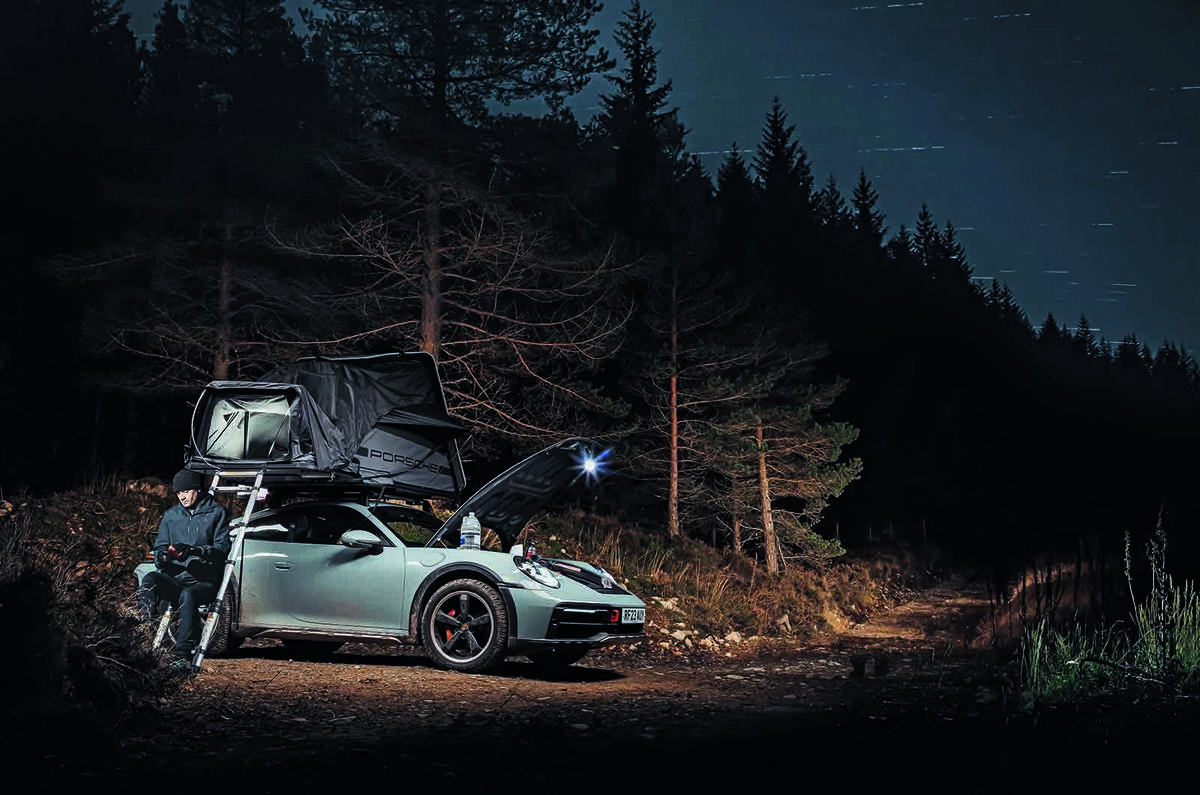
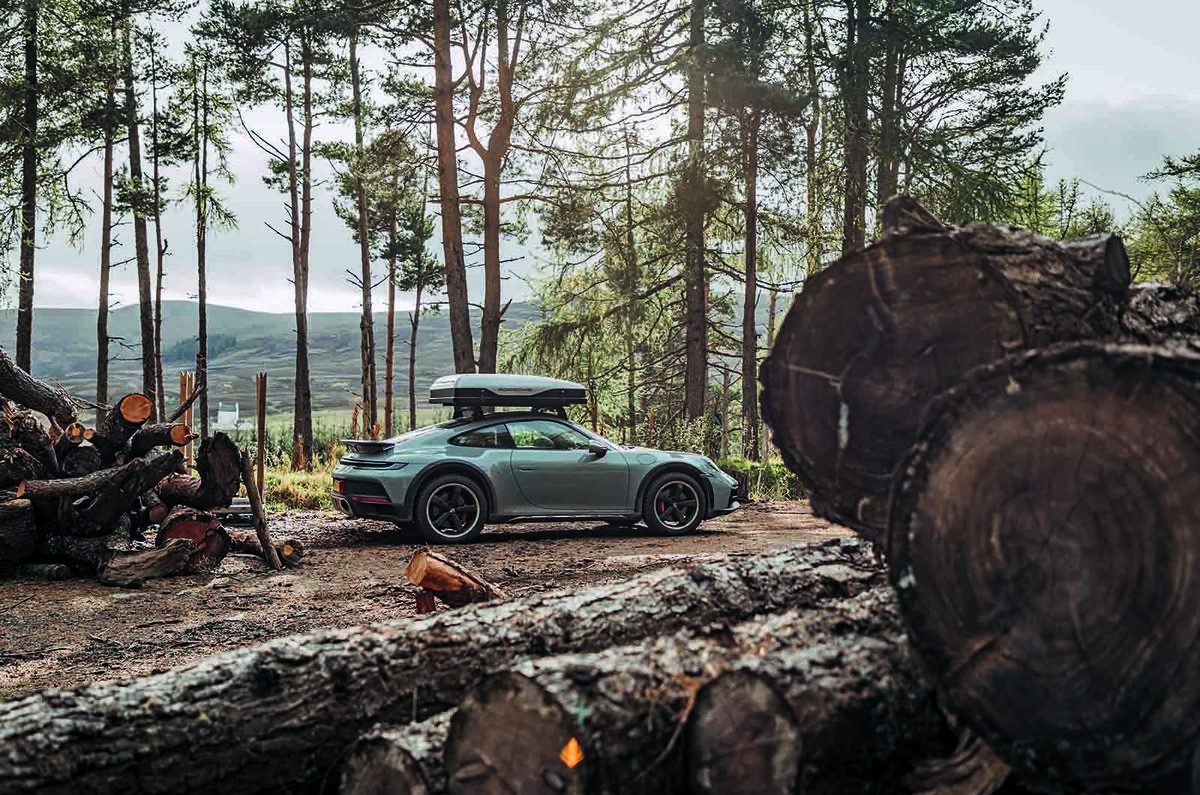
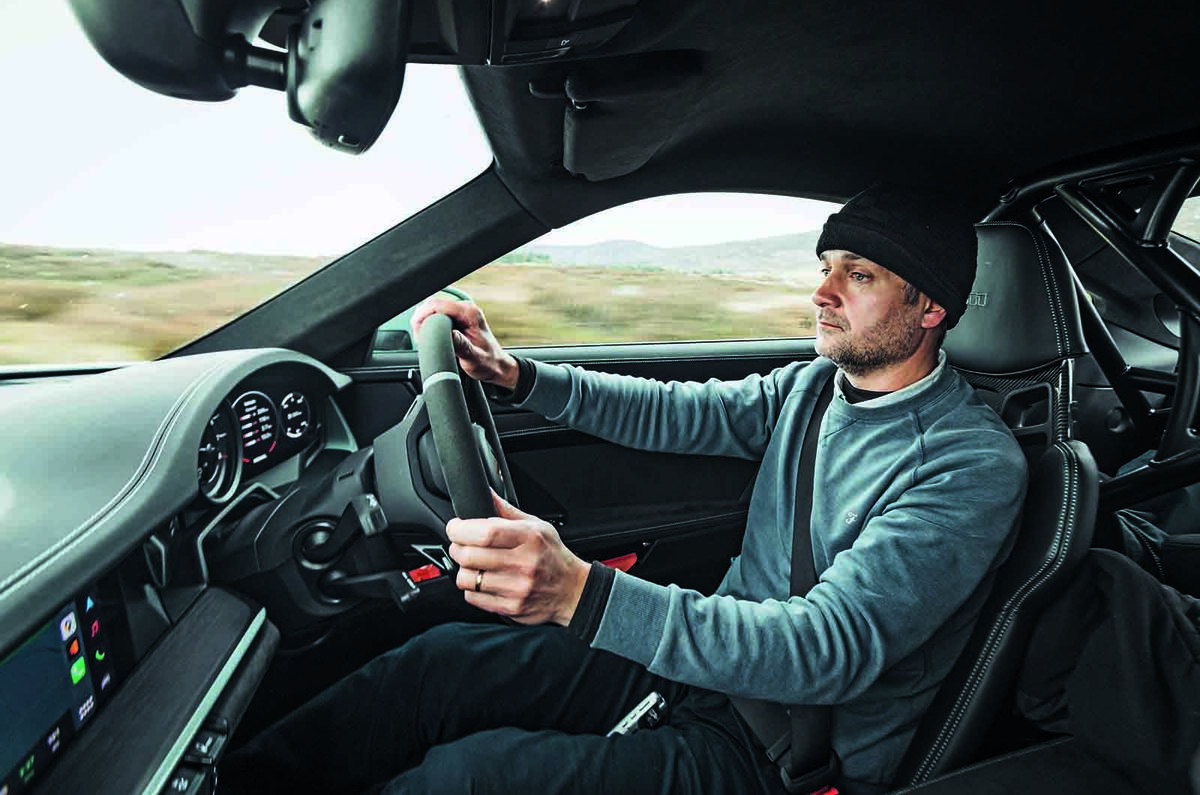
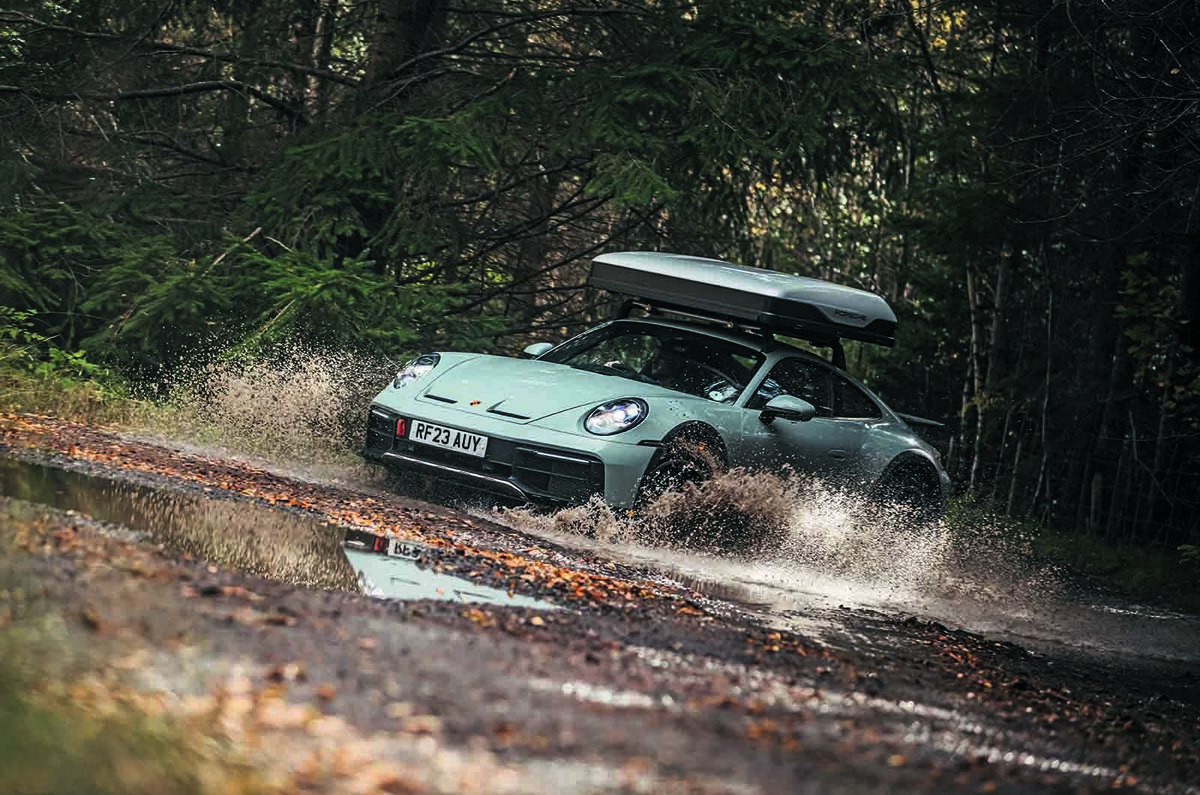
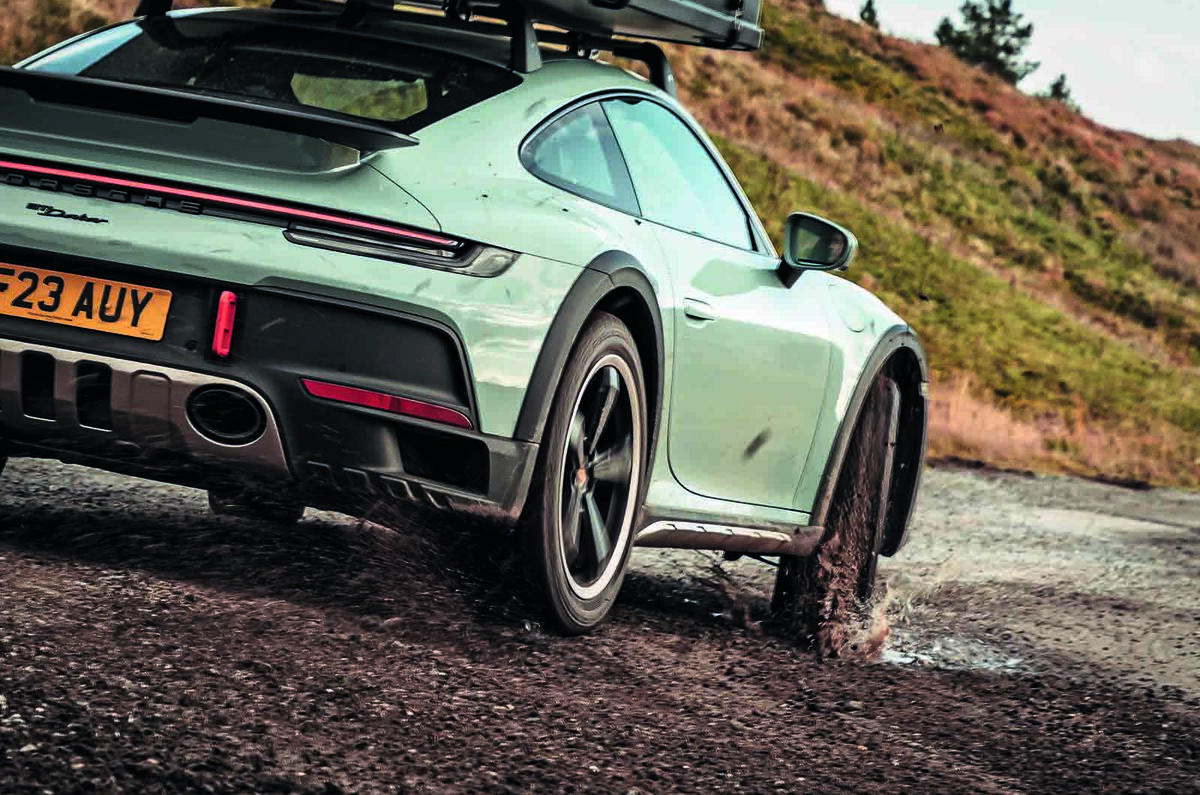
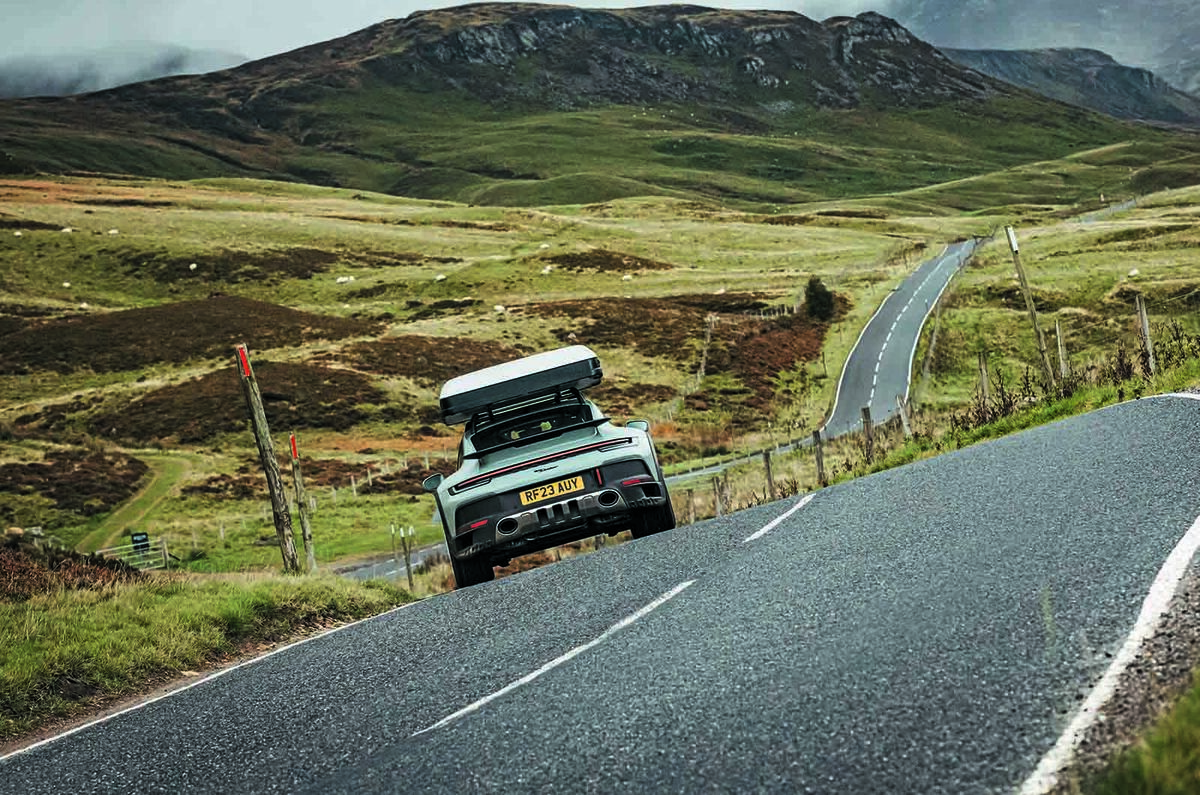
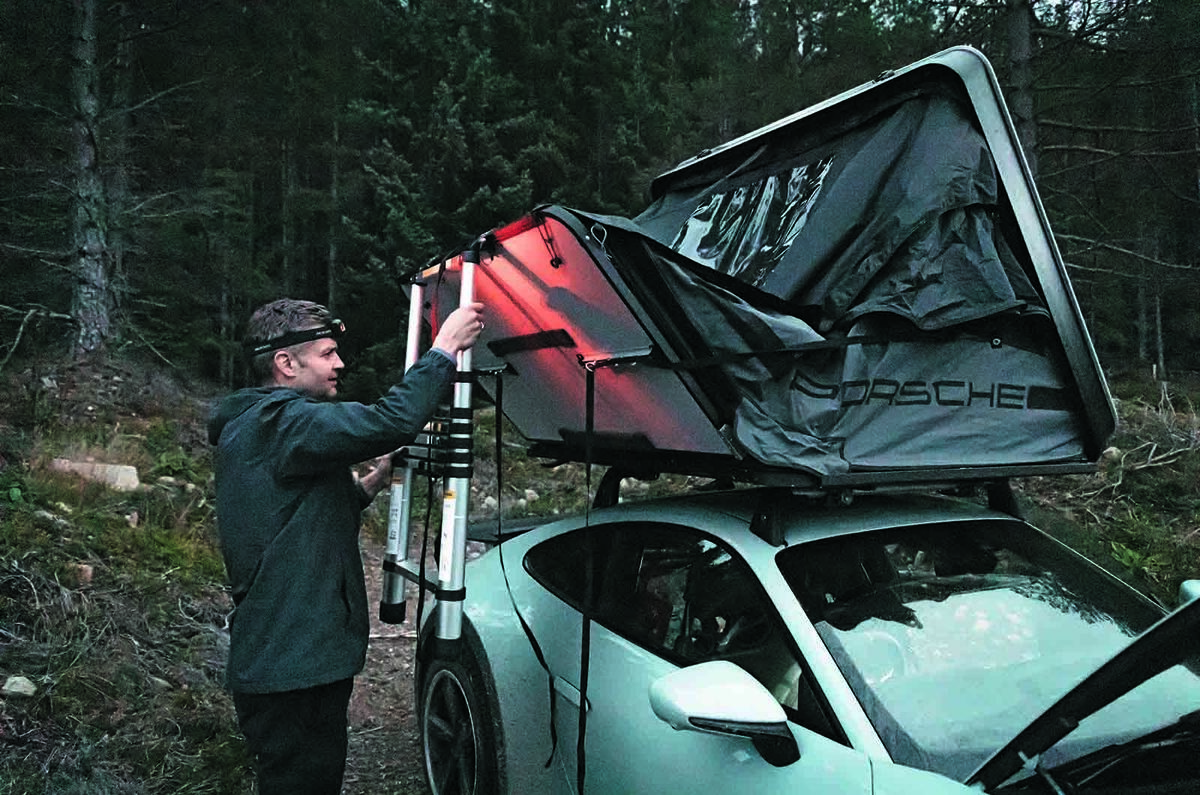
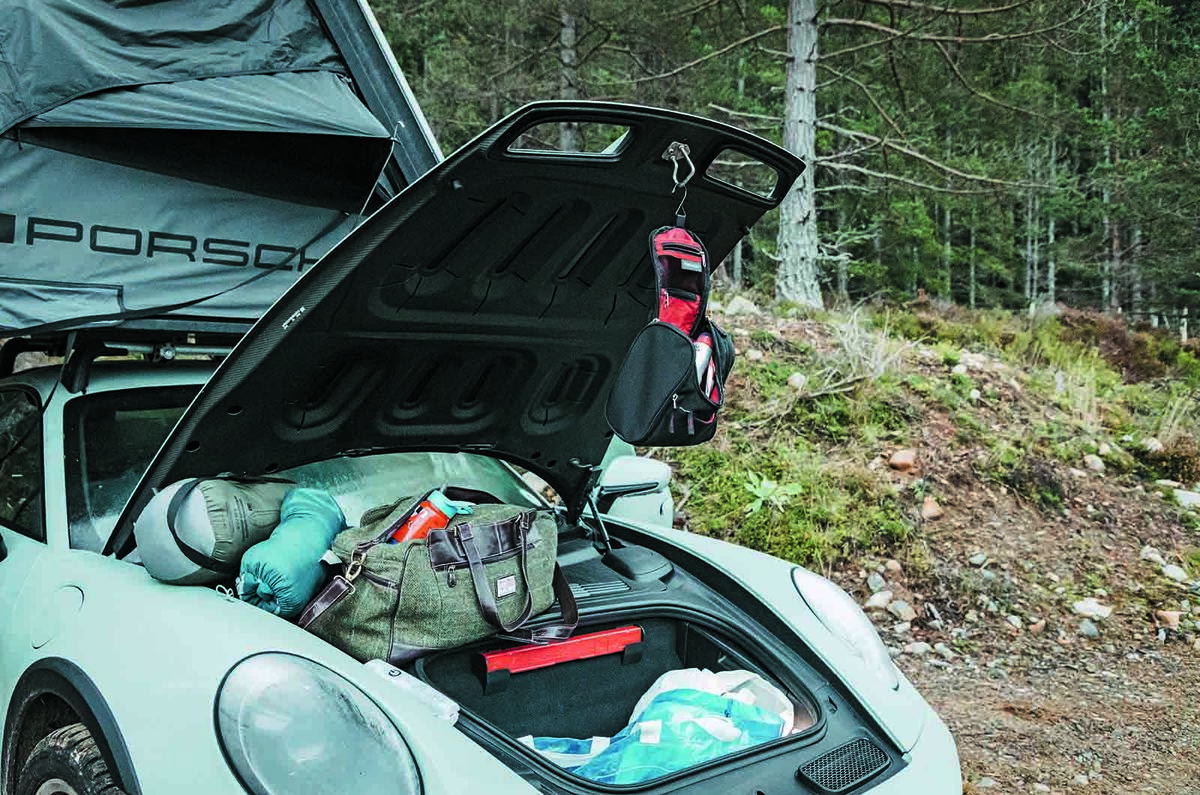
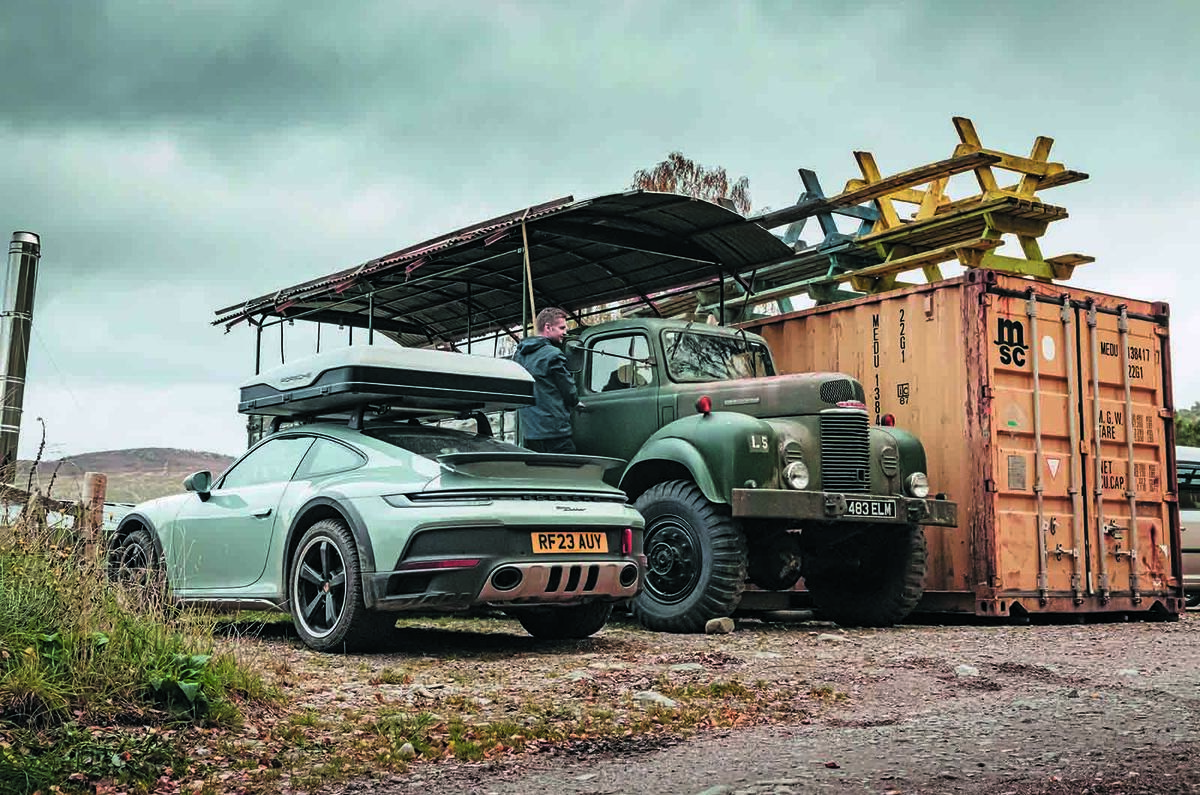
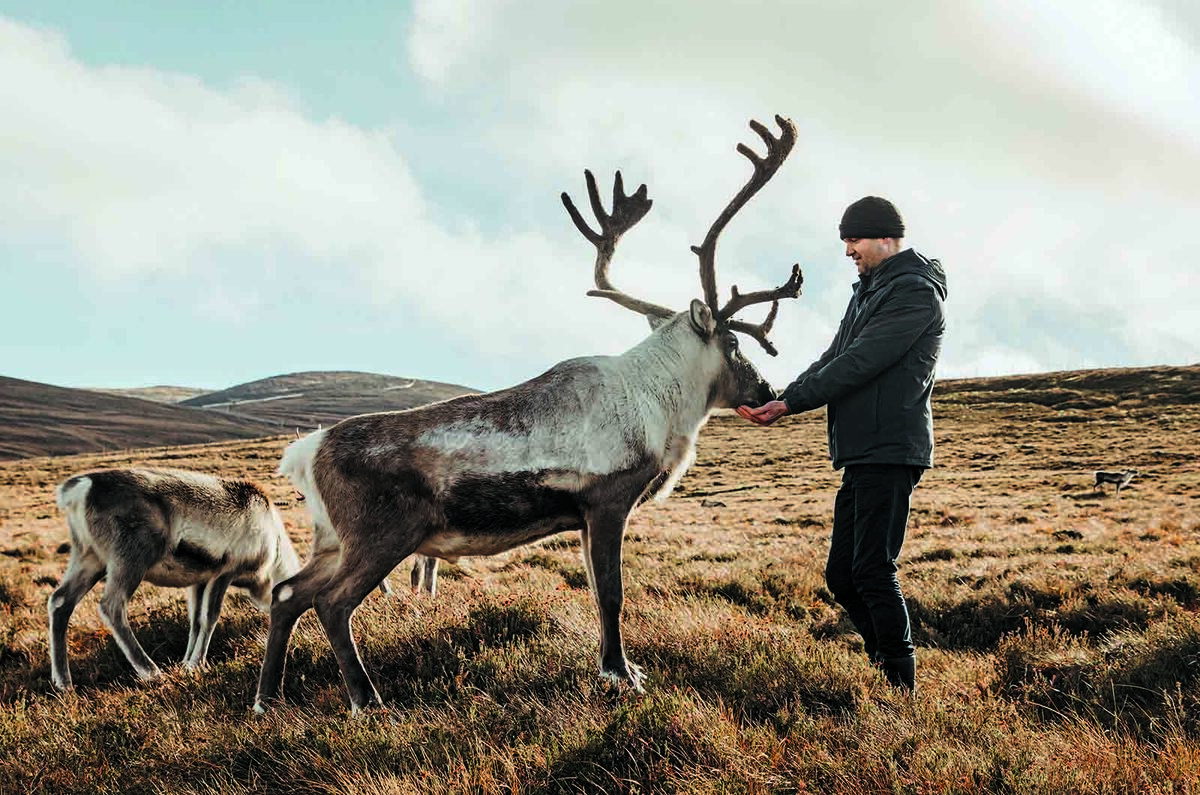
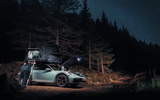


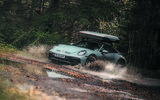

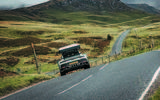
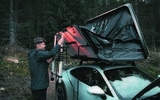
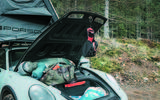
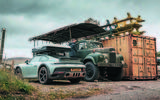



Join the debate
Add your comment
I look forward as always to reading your comments...
Just Saying.
"the tent itself is rated to withstand 23mph winds when pitched."
£4635 for a fair weathewr only, small tent...
Wow it really is rally ready, that's a very muddy car park puddle it's pictured going though.